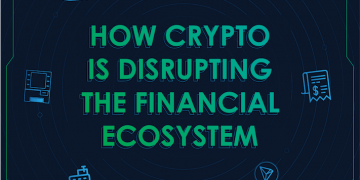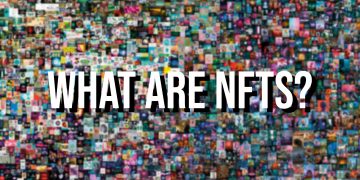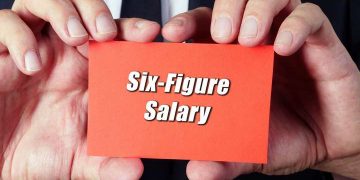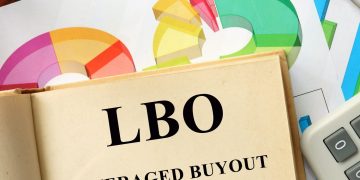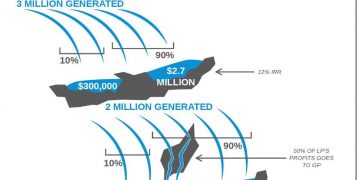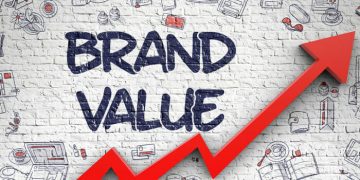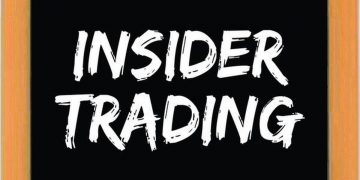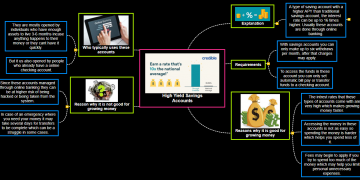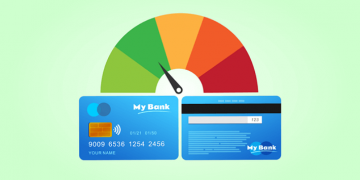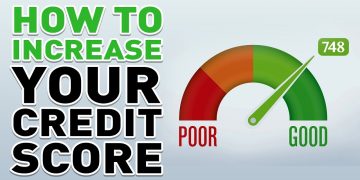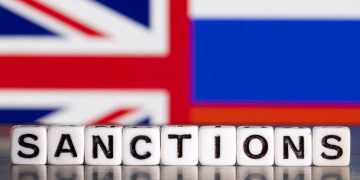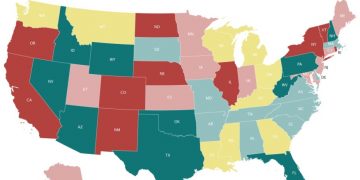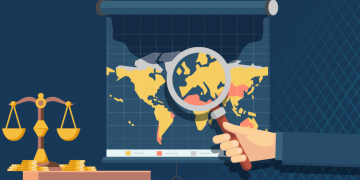The European Union (EU) comprises 28 part states involving 500 million purchasers. The economy is worth €14 trillion ($15.5 trillion), 24 million organizations work inside it, and there are 300 million web-based customers. It’s an enormous commercial center contribution gigantic freedoms for organizations from outside the EU to sell their items and administrations.
Be that as it may, what precisely is the EU, and who’s in it? What’s the contrast between the EU, the Single Market, and the Customs Union? What are the assessment and obligation ramifications of bringing items into the EU? What are the fitting lawful designs to think about when choosing whether to carry on with work in the EU? What’s more, above all, how would you serve this market in a way which adjusts client assistance, cost, and intricacy?
Over my 30+ year vacation, I’ve been CFO of global organizations working across the whole European market and lived in the UK, Belgium, Germany, and Hungary. During my experience with GE, as a corporate regulator for Europe, I had liability regarding all of the legal and personal assessment and VAT returns across Europe. This included guaranteeing agreeable petitioning for right around 2,000 legal and annual government forms and more than 10,000 VAT returns. In any event, for an organization the size of GE, it was a consistent fight to ensure that inside money and outside review assets were adjusted to guarantee agreeable filings, and perpetually, a few returns were late.
There are some normal errors and migraines that organizations should know about, for which I’ll recommend the arrangements that I’ve seen as generally helpful.
What Is the European Union?
The EU is a financial and political joining between 28 nations (see map underneath) that, together, covers a significant part of the landmass. The archetype to the EU was the European Economic Community (EEC), made in 1958, zeroed in on expanding monetary participation between six nations: Belgium, Germany, France, Italy, Luxembourg, and the Netherlands.
From that point forward, a further 22 countries have joined (albeit the UK is presently engaged with a long-running cycle to leave, which I will address later). In 1999, solitary European cash, the euro, was sent off and is at present utilized by 19 of the 28 nations.
The EU has the ability to make its own laws, and arrangements exist between individuals that guarantee normal activity in fields like basic freedoms, agribusiness, the climate, and unfamiliar and security strategy.
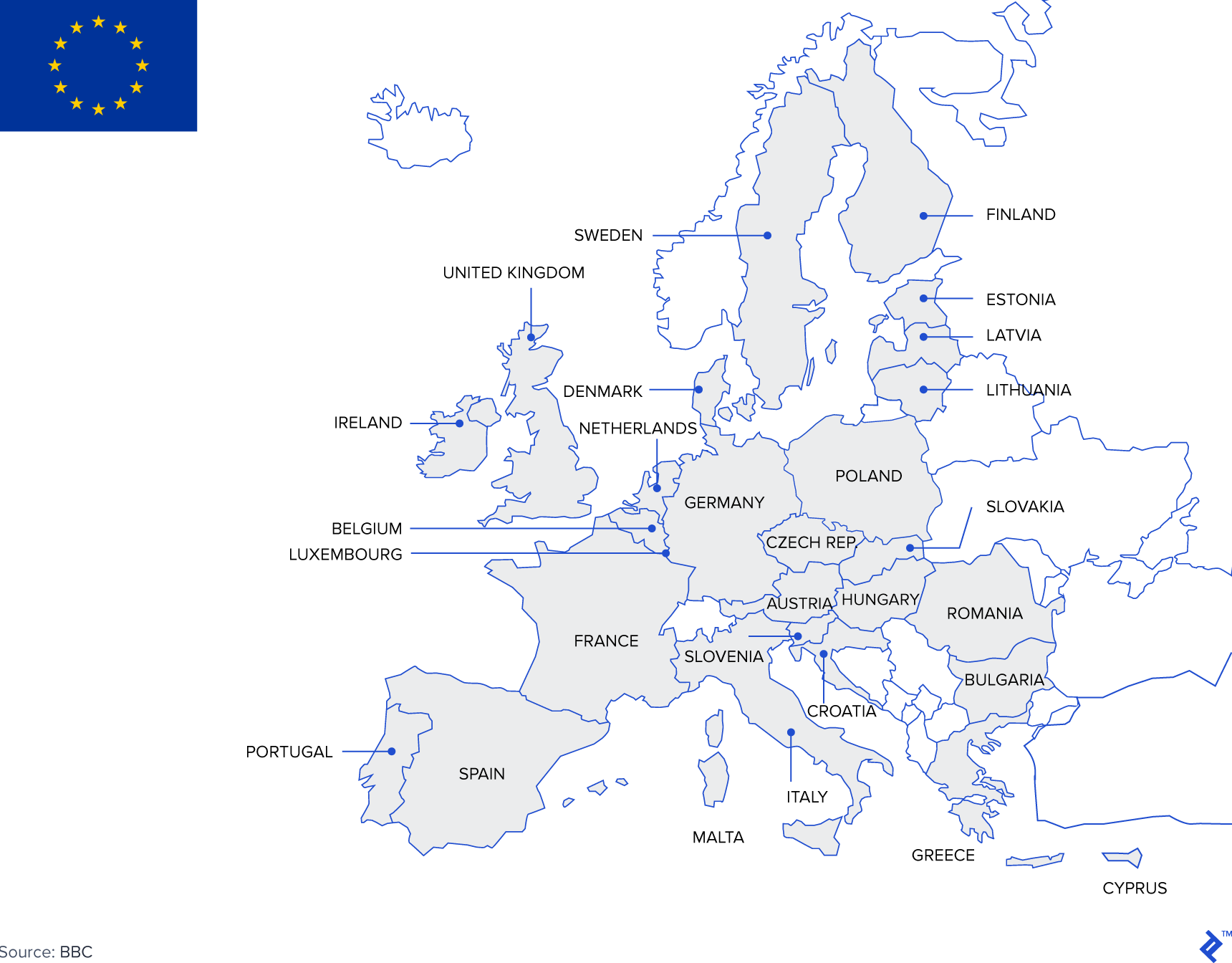
The EU’s vitally financial motor, be that as it may, is the Single Market.
Is the Single Market the Same as the EU?
Not exactly – you can be in the EU’s Single Market yet not the EU. The 28 EU nations – in addition to Norway, Iceland, and Liechtenstein – are essential for the Single Market, otherwise called the European Economic Area (EEA).
Single Market rules require free development starting with one part country then onto the next of products, individuals, administrations, and capital (the supposed “four opportunities”).
Those principles take two structures. To begin with, they eliminate hindrances to exchange. Second, they orchestrate, or bring together, public standards at the EU level. These appear as the least principles for things like bundling, wellbeing, and norms.
Enrollment of the Single Market additionally ordinarily includes making yearly installments toward the EU’s spending plan and tolerating the locale of the European Court of Justice.
What might be said about the Customs Union?
A traditions association implies that the nations included applying similar taxes to merchandise brought into their region from the remainder of the world and apply no levies inside. On account of the EU, this implies that there are no traditions obligations to be paid when products are moved to start with one part state then onto the next. For imports from the remainder of the world, all Customs Union individuals charge a similar arrangement of levies – known as a typical outside tax. The EU, for instance, has a typical 10% levy on vehicles brought into it.
Whenever products have cleared traditions in a single country, they can be sent to others in the Union minus any additional duties being forced.
All EU individuals are essential for the Customs Union. Turkey is likewise an individual from the Customs Union (however not the Single Market), and alternately, Norway, Lichtenstein, and Iceland are not individuals from the Customs Union (in spite of being essential for the Single Market).
On the off chance that a nation has no concurrence with the EU, duties apply. Assuming a nation has an international alliance with the EU, taxes can be decreased or taken out.
Brexit and the EU
Subsequent to winning the UK political race on 12 December 2019, the Conservative Party has focused on leaving the EU by 31 January 2020—albeit, by and by, that is the point at which a progress period will begin during which time the UK and the EU will arrange their future relationship. This progress period goes on until the finish of December 2020, and up to that point, the UK will keep on exchanging with the EU similarly it does now, maintain EU rules, and pay into the EU spending plan. While there are many focuses to be arranged, what is known without a doubt is that the UK will leave the EU, the Customs Union, and the Single Market.
The current political presentation that was concurred back in October 2019 says that the two sides will pursue a Free Trade Agreement (FTA), and a significant level gathering will occur in June 2020 to perceive how that work is going. The text additionally contains a section on the alleged “level battleground” – how much the UK will consent to adhere to near EU guidelines later on. It says that the two sides will keep similar exclusive requirements on state help, rivalry, social and business guidelines, the climate, environmental change, and “applicable expense matters.”
These are political presentations and not lawfully restricting, so there is a lot of work to be done between now and the finish of 2020.
Assessment and Duty Implications
Having set up that bringing in products from the US (or elsewhere) into the EU includes consenting to the standards of the Customs Union, what are the administrative prerequisites that should be clung to?
Tax Codes are a method for arranging items for the motivations behind gathering data working rates, material defensive measures (e.g., against unloading), and outer exchange insights.
Import Duties are payable thinking about the worth of the products, the traditions levy to be applied, and the beginning of the merchandise.
Rules of Origin expect shippers to demonstrate how and where their merchandise was made including where every one of the constituent parts comes from. They need to demonstrate the “financial identity” of their items. That implies working out the all-out esteem and where that worth was added en route.
(What might be compared to US deals charge) charged on most labor and products sold in the EU. The VAT structure fits inside the EU. The fundamental regulation on the normal arrangement of VAT centers around the harmonization of the EU nations’ inside regulation and sets up a typical VAT structure, a uniform premise of appraisal, and the base rates to be set up by EU nations. Tank is imposed on the bringing in of merchandise and generally charged when customs leeway strategies occur to be delivered for dissemination. In any case, when the merchandise is brought into one EU country yet is planned for use or utilization in another, it can be put under a VAT suspensive course of action. Under this plan, VAT will be charged in the EU nation of objective and not in the EU nation of entry in the EU.
Tank is determined on the “available sum,” which incorporates the worth of the item in addition to import obligations in addition to some other costs brought about up to the spot of objective.
How Might I Set Myself Up to Do Business in the EU?
Having set up that the EU is an alluring business sector for your item, what is the most ideal way of getting to the market? That will depend, somewhat, on what the main element for the exporter is: expanding consumer loyalty through short conveyance times and a wide item range, minimizing expenses to continue selling costs low, limiting the authoritative weight and revealing prerequisites, or a blend of these. I’ll take a gander at a portion of the various choices underneath.
Offering Direct to Customers
By a long shot, the most straightforward strategy for the provider is to sell straightforwardly to the client. Notwithstanding, this exchanges the authoritative weight of bringing in to the client. Moreover, obligation and import VAT should be paid by the client, hence expanding fundamentally the promoted selling cost and not really giving the best client experience.
In the event that the item is interesting with solid client interest, then, at that point, the client might endure the extra intricacy, yet it might put the provider in a difficult situation. Amazon, for instance, gives the choice to clients of paying obligation and VAT at the hour of procurement, and Amazon does the remainder.
To give a superior client experience, the provider can enroll for VAT in every one of the EU nations. Assuming you are VAT-enrolled, you will represent the VAT. You charge the client the VAT when they purchase the products from you so there is no disagreeable treat for them on conveyance. This is paid over to the assessment expert on the VAT return. The import VAT charged is discounted to you through the VAT return.
Once enlisted, you should submit VAT gets back to the expense expert in the language, at the recurrence, and on the cutoff time explicit to that country. Other revealing prerequisites, for example, Intrastat assertions and EC deals records, which screen deals between various EU nations, may likewise be documented. Beforehand, these detailing commitments would have required utilizing specialists in every nation, except these days, organizations, for example, SimplyVAT and Taxually offer an all-inclusive resource administration across the entire EU.
Specialists and Distributors
Obviously, selling direct to clients in the EU can be a minimal expense choice for the provider. Be that as it may, deals development might be slow. Despite the fact that a solitary market exists, promoting difficulties exist in light of the wide range of dialects spoken and the social subtleties inside the EU.
Specialists and wholesalers offer a moderately generally safe, financially savvy method for a venture into new business sectors, like the EU, since they can be a commonly advantageous method for subcontracting components of the business capacity of a business. They offer specific information on neighborhood markets, and new deals and showcasing channels can be taken advantage of without the expenses and hardships related to setting up another business office or abroad business.
Regularly, the terms specialist and wholesaler are utilized reciprocally, despite the fact that there are particular legitimate contrasts between the two plans. The two constructions can be on a “sole,” “restrictive” or “non-select” premise.
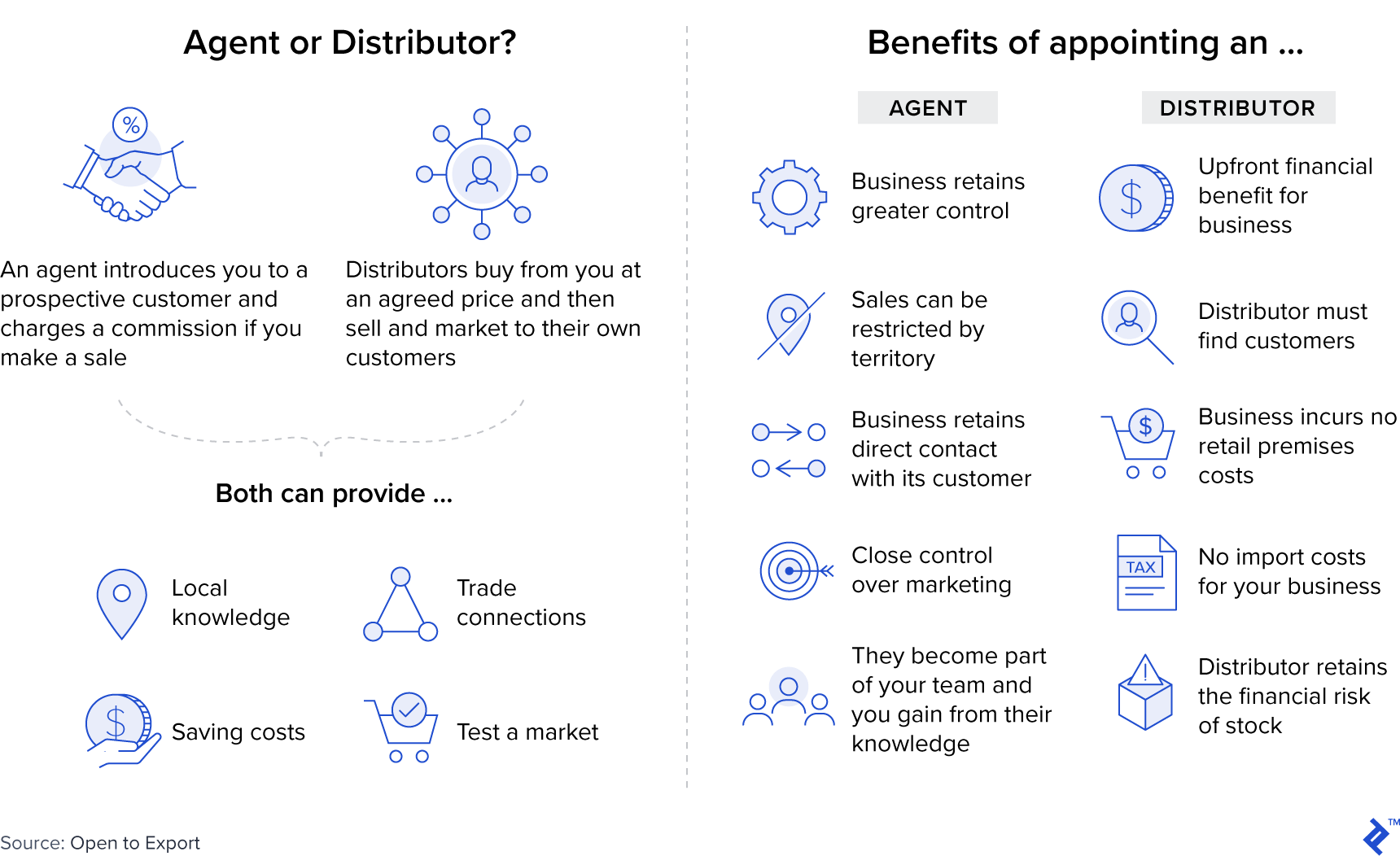
Benefits and Drawbacks of Direct versus Wholesaler
A vital benefit of the dissemination model is that the provider passes a huge level of hazard to the merchant, who is liable for client obligations and authoritative liabilities to those clients. The provider manages the wholesaler and not the end clients, accordingly, managerial expenses are decreased and the need to have a setup business environment in the merchant’s region is eliminated.
In a circulation plan, nonetheless, the provider will have fundamentally less command over the exercises of (a significant wholesaler have other clashing responsibilities) than over those of a specialist. There is no immediate relationship between the client and the provider. Credit hazard in a specific region will be moved in maybe only one wholesaler, rather than indifferent clients. What’s more, there are potential rivalry law ramifications of specific appropriation arrangements, which are to a lesser degree an issue in an office relationship.
The office model is especially valuable where the provider wishes to hold a more significant level of command over item deals, permitting the provider to fix deals costs, which is generally unlawful in a dissemination course of action and keep up with nearer command over the brand picture. The provider can develop direct associations with clients, especially fundamental where the items are provided on a customized premise or where specific later deals administrations are required.
Commonly, the commission paid to a specialist is lower than the edge which a merchant will procure (since the wholesaler is facing a more prominent monetary challenge and putting resources into more functional assets). Naming a specialist will, consequently, overall terms, most likely expense the business under a merchant.
A vital disadvantage of an office plan, notwithstanding, is that the specialist might have the legal right to a singular amount installment at end of an office arrangement. This emerges in numerous nations—including the UK under the Commercial Agents (Council Directive) Regulations 1993—and in a large portion of the EU, regardless of whether the arrangement is ended legally. There are intricate arrangements for “reimbursement” or “remuneration” installments in this unique situation.
Lawful Entity versus Branch
When products to the EU arrive at a specific level, the brand is grounded, and there is a need to put actual resources on the ground locally to help further development, it could be important to think about opening up a lawful substance in a country.
First and foremost, what is the primary distinction between a European Branch and a European Subsidiary?
A branch is a more autonomous substance that conducts business in its own name yet at the same time follows up in the interest of the parent organization. A branch isn’t legitimately independent from the unfamiliar parent organization as is additionally dependent upon the neighborhood laws administering the unfamiliar parent organization. Notwithstanding not being independent, the branch conducts business freely thus should be recorded in the business register of the country it dwells in.
An auxiliary is a consolidated substance made in the host EU country as per one of the public business authoritative documents. The capital of the auxiliary is either completely possessed by the unfamiliar parent organization (making it a solitary part organization perceived in all EU nations) or constrained by an organization as a team with minority neighborhood accomplices (hence, making it a joint auxiliary). Contingent upon the picked legitimate design for the auxiliary, the applicable legal arrangements should be noticed, like the passage in the business register, rules on least capital, and business enlistment. The auxiliary is the more well-known construction to join in Europe. It is a lot simpler to direct organizations through a free legitimate substance, and an auxiliary or a restricted obligation organization, as a rule, gives a business greater validity with outsiders like banks, specialist co-ops, and accomplices.
Benefits and Disadvantages of Branch versus Auxiliary
A branch is simpler to twist up in the event that the test demonstrates ineffective, as it is consequently shut when the exchange of the branch stops. Interestingly, shutting an auxiliary requires a conventional technique (ending up, striking off, or the arrangement of an outlet).
An abroad parent might lean toward the overall namelessness of an auxiliary. For instance, in the UK, a branch is needed to document the budget reports of the abroad parent at Companies House. Where the parent organization isn’t now needed to get ready and uncover budget reports, then, at that point, it should get ready records for accommodation to Companies House. Conversely, a UK auxiliary is simply needed to document its own budget summaries.
Be that as it may, at last, the decision between a branch and an auxiliary will rely upon the parent organization’s position. Administrative necessities might direct that a branch is utilized—for instance, certain monetary exercises require a base degree of capital, which is more straightforward to keep up with where the parent organization capital is considered, rather than having to satisfactorily underwrite an auxiliary.
The necessities for setting up an auxiliary or a branch fluctuate contingent upon the country. The EU urges all nations to meet specific focuses for assisting with setting up new organizations, including setting up in something like three working days, costing not exactly EUR 100, finishing all strategies through a solitary managerial body, and finishing all enlistment conventions on the web.
Adjusting Customer Experience and Practical Application
While considering the most ideal choice for selling into the EU, it is clear organizations will need to guarantee the best insight for their clients yet they additionally need to think about their preferred administrative and authoritative weights.

